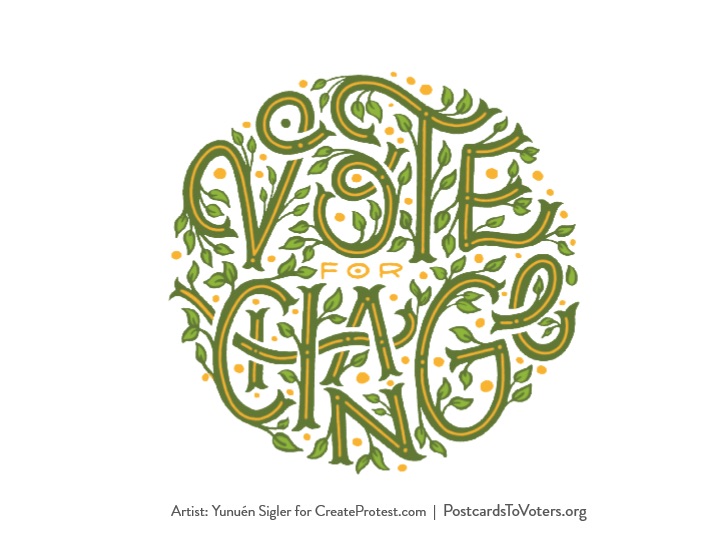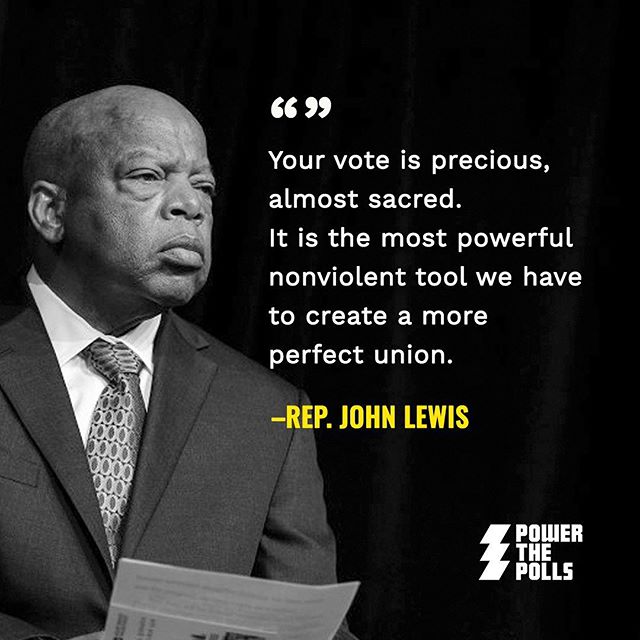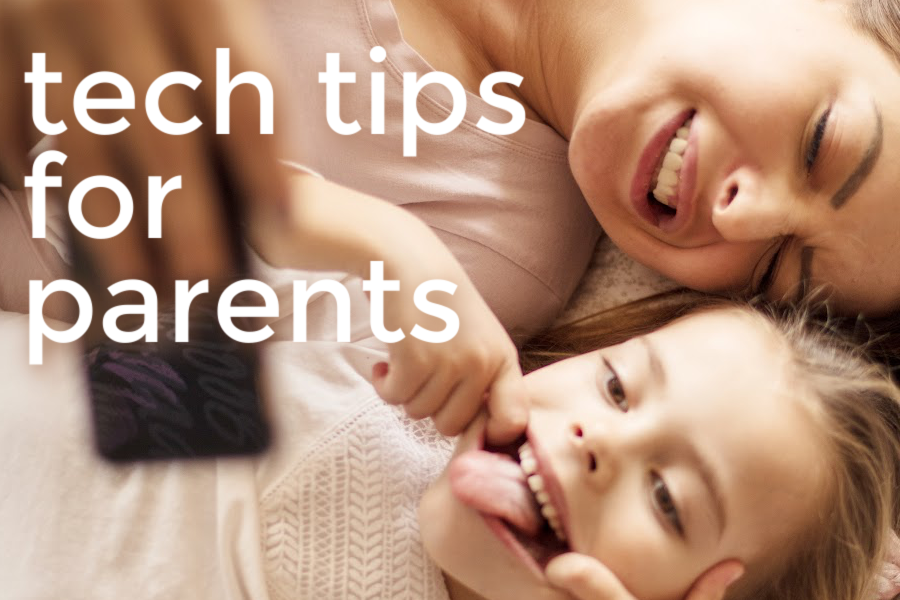“My most fervent wish is that I will not be replaced until a new president is installed,” Justice Ruth Bader Ginsburg said in a statement to her granddaughter before she died, this past Friday.
I have been so saddened and yeah, troubled and angry since Friday night. And I know I’m not alone here — at all. But I always feel better when I channel feelings of helplessness or hopelessness into action. Meaningful action. Action that makes change.
We can mourn, we can attend vigils, we can like Instagram memorial posts, we can buy RBG t-shirts. But if we truly want to give back to the revolutionary woman who gave so much to us, with a lifetime spent fighting for women’s rights and working toward equality for all, we have so many options to help us fulfill her final wish.
So start by confirming your registration and committing to a voting plan of your own, (If you haven’t yet, do it ASAP!) Then, here’s what else you can do, beyond supporting the Biden-Harris presidential ticket in any way you can.
So pick one. Pick a few. Whatever you can do — you’ll feel better too.
Top image © Sonni Mun, one of the the most incredible volunteers, activists, and organizers I know.

Vote for Change printable postcard artwork via Yunuén Sigler for Postcards to Voters
1. Support Democratic Senatorial candidates in competitive races.
Why:
Unhappy about McConnell’s entirely made-up, unconstitutional 2016 “rule” about not filling a Supreme Court seat in an election year — only to witness his unsurprising flip-flop in 2020? Me too. (Actually, “unhappy” inadequately describes the anger I’m feeling.) If Democrats take back the Senate majority, we can get back to creating a more fair and equal system for all — and it only takes four more Democratic seats in the US Senate to make that happen.
How:
Here are targeted, competitive US Senate candidates you can support by donating, texting, phone banking, or amplifying on social media:
– Jaime Harrison (SC)
– Mark Kelly (AZ)
– Amy McGrath (KY)
– John Hickenlooper (CO)
– MJ Hegar (TX)
– Sara Gideon (ME)
– Theresa Greenfield (IA)
– Steve Bullock (MT)
– Jon Ossoff (GA)
– Al Gross (AK)
– Barbara Bollier (KS)
– Mark Espy (MS)
– Doug Jones (AL, incumbent)
– Gary Peters (MI, incumbent)
Each of their sites have clear information on how to donate, and how else you can volunteer.
You can also donate to the Swing Left Senate Fund which will split your donation among 8 targeted candidates:
Alan Gross, Jon Ossoff, Theresa Greenfield, Barbara Bollier, Steve Bullock, Cal Cunningham, Jaime Harrison, and MJ Hegar.
And I love that just this weekend, CMP friend Samantha Ettus and the LA Women’s Collective put together a Notorious Women Flip the Senate fund, splitting donations among the women candidates, Sara Gideon, MJ Hegar, Theresa Greenfield, Amy McGrath, and Barbara Bollier.
Note: I would say not to count out any of the names above, regardless of current polling status; the latest poll of Alaska, for example, has Al Gross and his opponent evenly tied at 43-43, which is a significant upward trajectory for Gross from even weeks ago. You can visit FiveThirtyEight’s Senate Poll Tracker for the most reliable, up-to-date polling info.
Note 2: Be aware that Captain Mark Kelly’s race is particularly significant, in that the AZ race is a special election. If he wins, he would take over that Senate seat before January — and as early as November 30.
2. Protect the Polls: Three ways

A reminder from Senator John Lewis, via @Powerthepolls on Instagram
Why:
There are already reports of voter intimidation and harassment in Virginia, where in-person voting has already started. This is illegal. There’s also a shortage of poll workers right now due to Covid, and fewer poll workers mean longer lines, which can be a deterrent.
Voting early is one easy way to cut back on poll lines on Election Day, but you can take it a step farther with a little more time and effort.
How:
1. Election Protection: To help can sign up to be an Election Protection Volunteer via common cause, to be sure that all citizens can have their voices heard at the polls. Ways to help include monitoring polling places (you can do this safely from your car), monitoring and reporting disinformation on social media, or connecting voters with trained legal professionals to be sure they know their rights, and that they vote properly, safely, and securely.
2. Work the Polls: You can also work at the polls yourself. I talked about Power the Polls on a recent voting-themed episode of Spawned. Sign up and they’ll train you to be a paid volunteer at your local polling places on Election Day, or any designated early in-person voting days in your state. They particularly need workers in Detroit, Philadelphia
3. Offer Rides to the Polls. Many organizations are offering rides to the polls, which is of particular value to the elderly, those with disabilities, or any voter without their own transpiration. Especially with so many gerrymandered states that are creating more distance between Democratic voters and their nearest polling location. Search for “rides to the polls” in your state or city, and you’ll find orgs like Texas’s RideShare2Vote. But hurry! Training may end soon.
(I also want to note that this may not be a top preference for you, in the age of Covid. Use your judgment based on your personal risks and the Covid status in your own community.)
3. Talk to voters. (Or call. Or text. Or write.)
Why:
Do you know how influential it is when you — a real, regular person with passions and opinions — share your feelings about a candidate? The answer is very. And having canvased door-to-door, and phone-banked for candidates in the past, I can tell you first-hand how fulfilling it is, too. You can even get your kids involved. My daughter loved making calls with me in 2016 when she was just 11 — and I know voters loved hearing from her!
Whether you’re getting in touch with your neighbors, your family members, or voters in another state entirely, it’s proven that you really can make a difference when you talk to people one on one.
How:
I know it can sound intimidating, but there are a few ways to reach voters one-on-one, some requiring no real “talking” at all. And it’s more fun when you do it with friends or family (in a safe way, of course, this year).
1. Make calls to voters
Phone banking is so much easier, more fun, and more fulfilling than I had ever expected. All organizations offer scripts and generally software to use. (It’s not like you’re going through a phone book and cold calling.) Plus, it feels good to just talk to people these days, when connections are at a minimum. No hair or makeup required!
– A friend recommends the 2020 Victory Call Crew, which offers simple training sessions to make it easy. Just pick a session and sign up!
– Check the Democratic Events page for virtual phone banking events in your state, or another. There’s even a virtual Parents for Biden phone banking event tomorrow night! They give you fact sheets, basic scripts, everything you need.
– Swing Left lets you make calls to Super States including Iowa, North Carolina, Texas, Iowa, Ohio, Wisconsin, Michigan and Pennsylvania.
– They also have a dedicated College Student Phone Banking Hub, if you have kids who are voting in a presidential election for the first time, and can speak personally about why they’re so motivated this year.
– Indivisible is so overwhelmed with text bank volunteers (which is great!) they are directing interested people to Indivisible phone banking events. RSVP for a shift that works for you.
– Log onto Turnout 2020, a project of the Progressive Turnout Project, which focuses on calls to inconsistent Democratic voters and swing voters.
– Make calls directly through a candidate’s campaign. Most pages offer opportunities through a “volunteer tab,” as with Jaime Harrison’s website.
2. Send texts to voters
– 2020 Victory National Text Team Training will get you started on how to text, if that’s easier for you than making calls.
– The Democrats Text Out the Vote page has easy instructions to follow from training through texting.
– When We All Vote is a nonpartisan organization that allows you to text eligible voters to help them access voting resources.
– You can also volunteer through a candidate’s own website, with efforts like Text for MJ Hegar, Text for Amy McGrath, or Sara Gideon’s Volunteer Team. Just search “text for____” and the candidate you want to support. Thanks, Google!
View this post on Instagram
3. Write postcards to voters
Postcards to Voters has blown up this year, and so many of my friends have really loved doing this. It’s also a great way to help get your kids involved, or host a socially distanced backyard post-card writing party, like my friend Wendi Aarons did in Texas this weekend.
VoteFwd lets you send letters instead, since the PostCards to Swing States initiative has already mailed out all 15.7 million postcards to volunteers. Wow. That’s encouraging.
If you’re intrepid, you can download your own postcard templates here through Postcards to Voters, print on card stock, and mail to your own neighbors.
4. Talk to voters through your social media channels
I keep reminding our readers and podcast listeners: you are an influencer. You are!
It doesn’t matter if you have 100 followers or 10,000, there is someone out there who would like to hear why this year’s election is important to you, and the reasons you’re supporting the candidates you are. So get on your channel of choice, and write something from the heart. Even — and especially — if you don’t tend to “write about politics.” It will be that much more impactful.
Bonus: You don’t have to learn any new technologies at all. Just the same old Facebook, Instagram, TikTok and Twitter you’re already using.
For Justice Ruth Bader Ginsburg: May her memory be a revolution.









My heart is full. I really love you ladies. Thanks for this outstanding piece.
Thank you for this list! Please keep it up! For Ruth!!